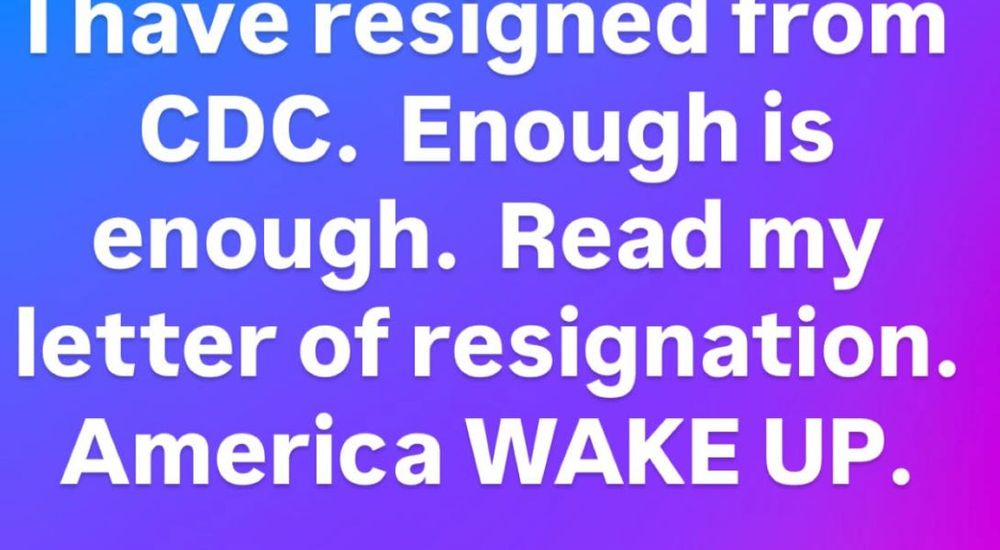Tuomas Aivelo
@aivelo.bsky.social
900 followers
170 following
110 posts
Assistant professor in science communication with emphasis at biodiversity & society at Leiden University
Academy Research Fellow leading Helsinki Urban Rat Project at University of Helsinki
Posts
Media
Videos
Starter Packs
Pinned
Reposted by Tuomas Aivelo
Reposted by Tuomas Aivelo
Tuomas Aivelo
@aivelo.bsky.social
· Aug 13
Tuomas Aivelo
@aivelo.bsky.social
· Aug 13
Tuomas Aivelo
@aivelo.bsky.social
· Aug 13
Tuomas Aivelo
@aivelo.bsky.social
· Aug 13

“What's that weed on the street?” Motivation and attitude of contributors and followers in a citizen science project studying pavement plants
Plants are essential for life on Earth, yet their importance is often underappreciated. Urban flora are often dismissed as weeds, for example. One sol…
www.sciencedirect.com
Tuomas Aivelo
@aivelo.bsky.social
· Jul 22
Tuomas Aivelo
@aivelo.bsky.social
· Jul 22
Tuomas Aivelo
@aivelo.bsky.social
· Jul 22
Tuomas Aivelo
@aivelo.bsky.social
· Jul 22
Tuomas Aivelo
@aivelo.bsky.social
· Jul 22

Media coverage of biodiversity research in the Netherlands: news triggers, sources, and frames
Addressing biodiversity loss requires both policy reforms and active public engagement. Media coverage plays a critical role in shaping societal aware…
sciencedirect.com
Tuomas Aivelo
@aivelo.bsky.social
· Jul 18

Voimme neuvotella rottien kanssa ja löytää uusia yhdessäelon tapoja | Kaupunkirotat | Helsingin yliopisto
Usein suhtaudumme kaupunkeihin ihmisten tilana, johon muut eläimet tunkeutuvat. Rotat ovat eritysen epähaluttuja naapureita. Mutta voimmeko oppia elämään niiden kanssa? Voimmeko neuvotella rottien kan...
www.helsinki.fi
Tuomas Aivelo
@aivelo.bsky.social
· Jul 16

Näin kutsut puutarhassa temmeltävät jyrsijät neuvottelupöytään
Olen rakentanut uuden kotini autiosta nurmikkopihasta pientä monimuotoisuuden keidasta. Sellaista, johon kaikki lajit ovat tervetulleita. Vai ovatko sittenkään? Vesimyyrä sai puutarhurin hyppäämään ta...
suomenluonto.fi
Tuomas Aivelo
@aivelo.bsky.social
· Jul 16
Tuomas Aivelo
@aivelo.bsky.social
· Jul 16








